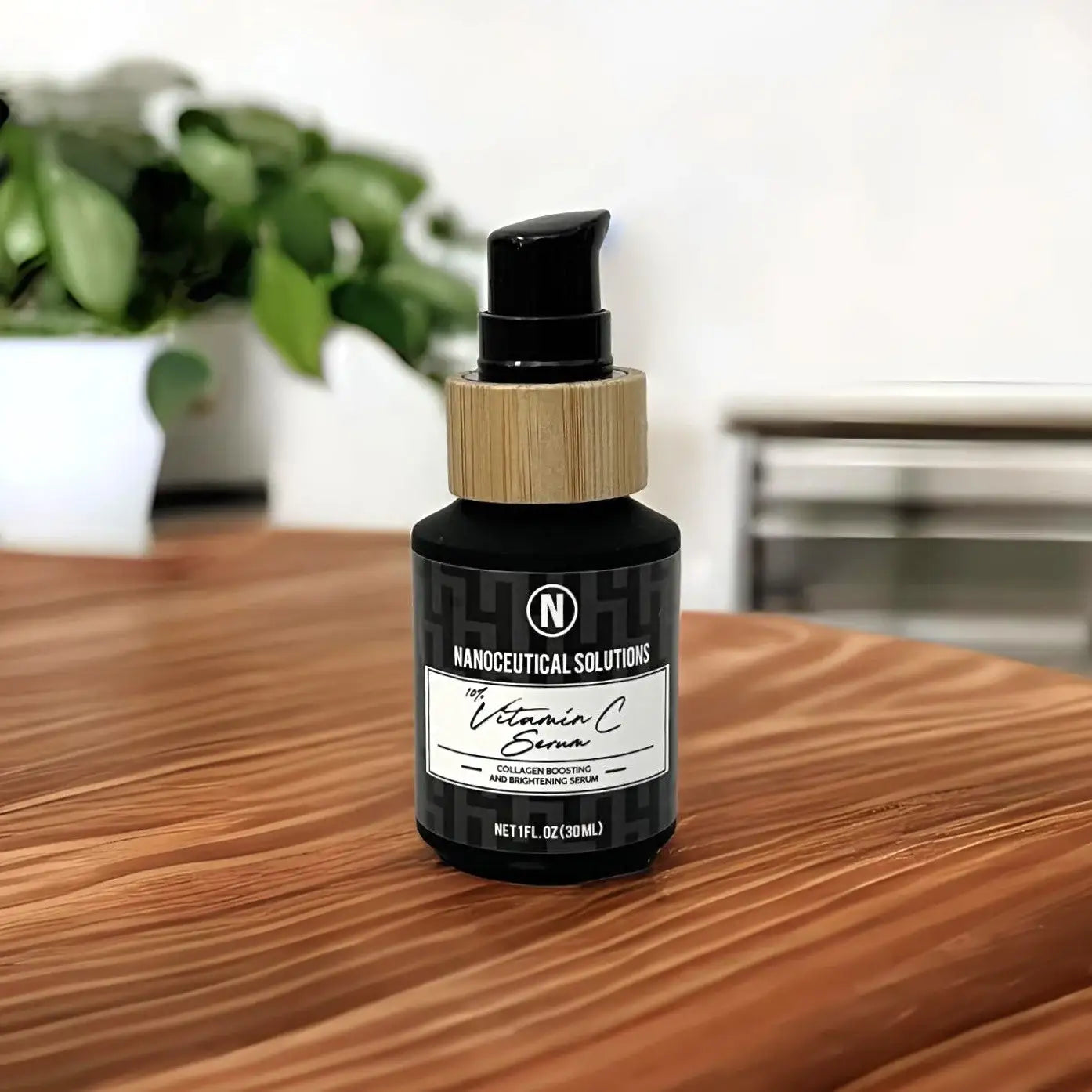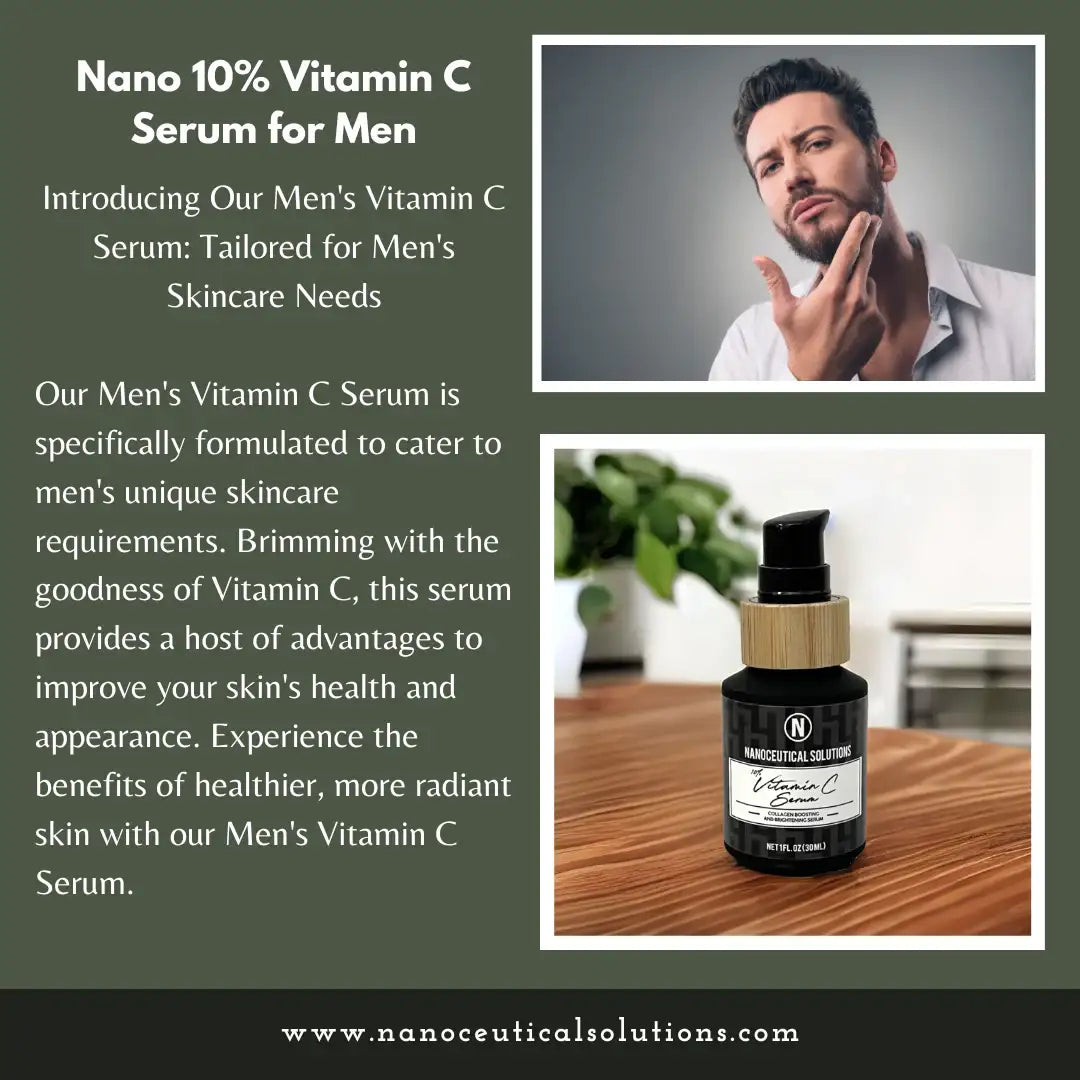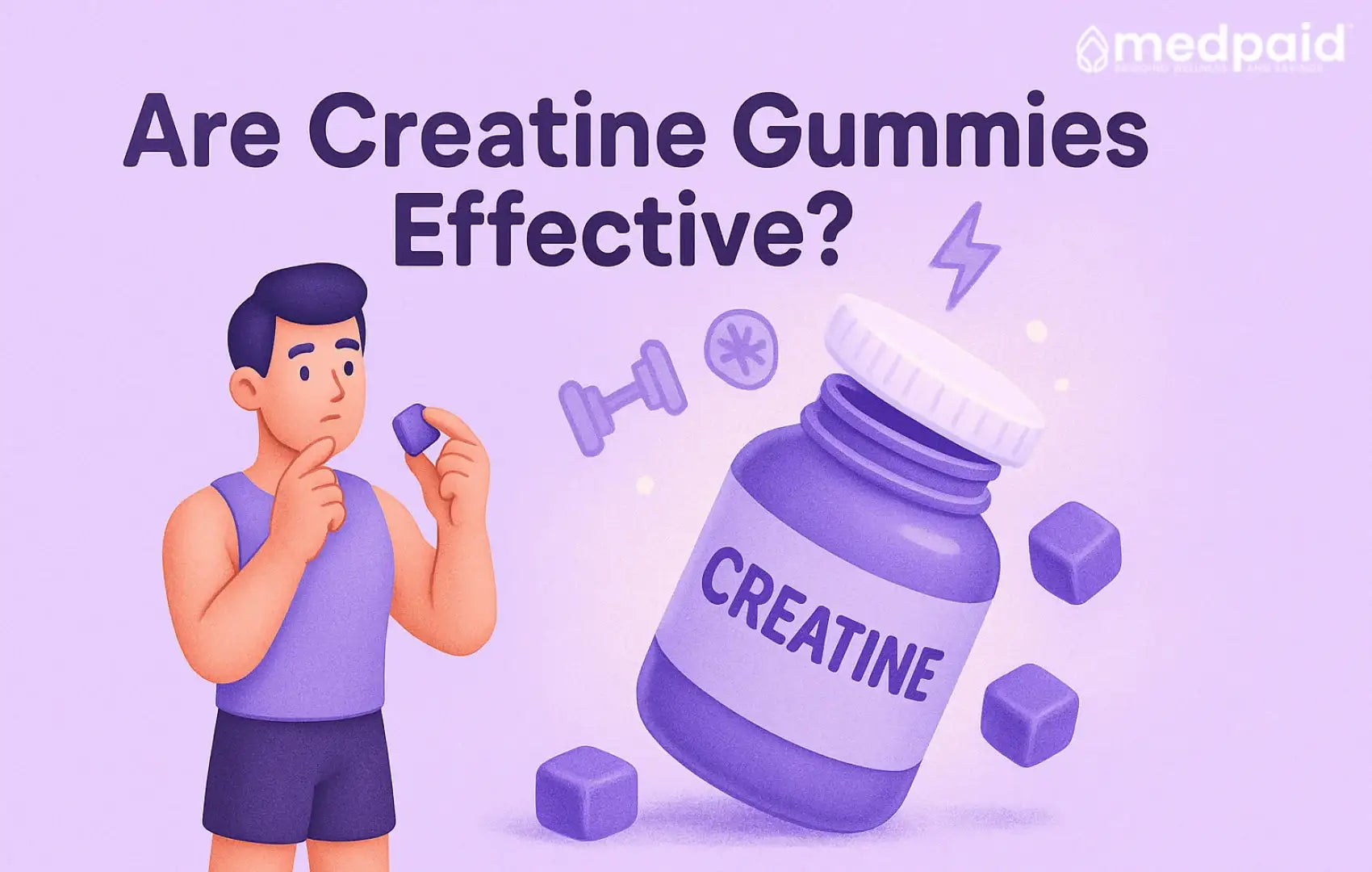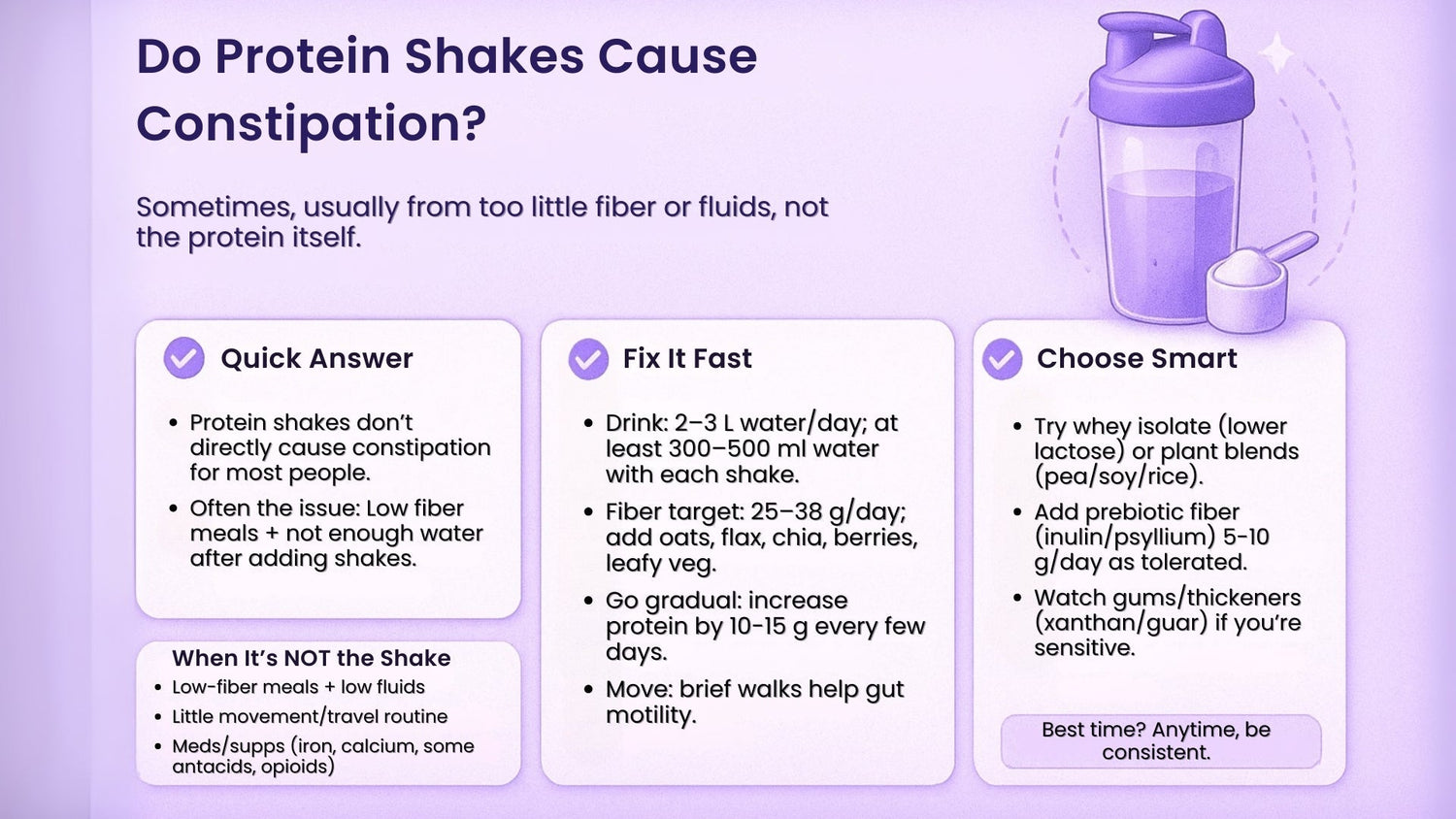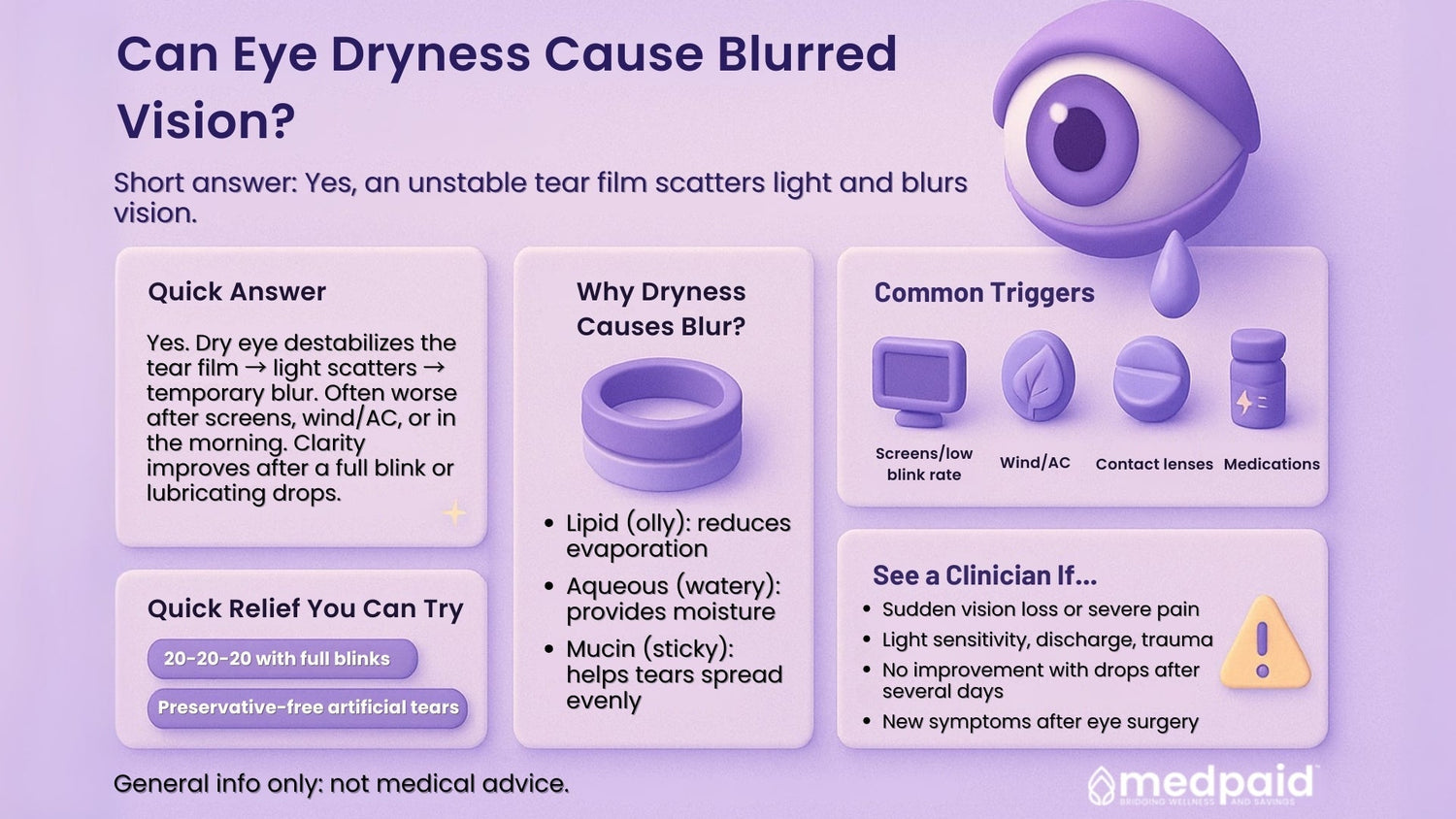Creatine is a popular supplement that helps give your muscles energy and can improve strength and performance. It usually comes as a powder or in capsules. This form, called creatine monohydrate, is almost fully absorbed by your body, meaning it works really well.
Now, some companies make creatine in gummy form. These are easier to take and taste better. If a gummy has 5 grams of creatine, it should work the same as 5 grams of powder, if it's made correctly.
Studies show that taking 2 to 5 grams of creatine, whether in liquid, powder, or solid form, increases the amount of creatine in your blood. This helps your muscles absorb it better. So yes, creatine gummies can work just as well as powder, as long as they are made with the right ingredients, the correct dose, and stay fresh.
How Creatine Works, Absorption, and Stability?
Creatine is a substance your body makes and stores in your muscles. It helps give you quick energy when you do short, intense activities like sprinting or lifting weights. Many people take creatine supplements to improve their performance. Most supplements give about 3 to 5 grams a day, which is enough to see results.
Creatine monohydrate, the most common form, is very stable and works well when it's dry, like in powder form. Scientists have found that this dry creatine doesn’t break down over time, even in hot conditions. Once you take it, your stomach acid stops it from breaking down any more, so your muscles can use almost all of it.
Studies show that when people take 5 grams of creatine, their blood creatine levels rise for several hours. This happens whether the creatine comes from powder, food like meat, or even solid forms like lozenges.
The big idea is this: as long as creatine reaches your stomach in the right form, your body can absorb it well. If a gummy really has 5 grams of creatine, it should work just like powder. But there's a catch.
Creatine doesn't stay stable in water or heat. Making gummies involves using warm, wet ingredients like gelatin or pectin, plus acids like citric acid. These conditions can break down the creatine before you even eat it.
Reports from Wired investigation and tests show that many creatine gummies barely contain any real creatine. In June 2025, a Wired article revealed that four out of six tested brands had little or no creatine at all. Experts warn that gummies are not the best way to take creatine because it’s hard to keep the right amount stable during production.
So, powdered creatine is much more reliable. If you’re choosing between gummies and powder, be cautious, some gummies may not give you the full dose unless they’re made very carefully.
Creatine Gummies vs Powder: Which One is Better?
Creatine is a supplement that helps your muscles during workouts, especially for short bursts of energy like sprinting or lifting weights. Scientists agree that creatine monohydrate works well, but now there’s a new way to take it: gummies. These are tasty and easy to eat, but how do they compare to the usual powder form? Let’s break it down.
What They’re Made Of?
- Creatine Powder: This is the simple version. It usually only has one ingredient, pure creatine monohydrate. Some brands grind it into smaller particles (called micronized) to help it mix better with liquids. It has no sugar or extra stuff, so you can measure your dose exactly.
-
Creatine Gummies: These are more like candy. To make gummies, companies mix creatine with other ingredients to get the chewy texture and sweet taste. Most gummies contain:
- Gelatin or pectin to make them chewy
- Sugar or sweeteners for taste (some have 3g of sugar per serving)
- Flavors and colors to make them more enjoyable
One big difference is how much creatine you get per serving. A scoop of powder gives you about 3-5 grams in one go. Gummies only have about 1 to 1.67 grams each, so you might need to eat 3 to 5 gummies to get the same amount.
Does One Work Better Than the Other?
Some people think gummies are better because they are already in a soft, partly dissolved form. Others say powder dissolved in water gets absorbed faster. But scientists say this doesn’t really matter much.
What’s more important is making sure you get enough creatine each day. Your body builds up creatine in your muscles over time. That’s how it helps you perform better, not instantly. So it doesn’t matter if you take it fast or slow, powder or gummy, as long as you get the right dose.
The real issue is whether the product actually contains the amount it says. Some gummies don’t have enough creatine, which means you might not get the results you expect.
Gummies vs Powder: Which is Easier to Use?
Creatine gummies are super easy to use. They taste like candy, don’t need to be mixed with water, and are great for on-the-go. You can just toss a bottle in your bag and eat one whenever you need it. This makes them a good option for people who are busy or don’t like swallowing pills. Some users even say gummies help them remember to take creatine every day, kind of like a daily vitamin.
But creatine powder also has its own benefits. It’s cheaper, more pure, and easier to adjust the amount you take. A scoop of plain creatine powder (usually just creatine monohydrate) costs about $0.30 for a full 5-gram dose. Gummies, on the other hand, cost at least twice as much for the same amount because of the extra ingredients and steps to make them.
Powder usually only has creatine and maybe an anti-clumping ingredient. Gummies need to have sweeteners, flavors, and ingredients like gelatin or pectin to make them chewy. That also means gummies often come with extra sugars, calories, or ingredients that might not work for some diets. Some gummies aren’t vegan or gluten-free, while powder usually is.
Also, if you’re taking a big dose of creatine, like during a loading phase (about 20 grams a day), you’d have to eat a lot of gummies. That’s expensive and not very practical. Powder works better for large doses.
So here’s the bottom line: Gummies are great if you want something tasty and easy for a small daily dose. But if you care more about price, diet needs, or taking larger amounts, creatine powder is usually the better pick.
Brand Comparison: Creatine Products
Here’s a simple breakdown of two well-known supplement brands and how they stack up when it comes to creatine.
LIVS Creatine Gummies (5g per serving)
LIVS makes fruit punch–flavored creatine gummies. You get 5 grams of creatine monohydrate from 4 gummies. These gummies are made without common allergens like gluten, dairy, soy, or nuts. Instead of using gelatin (which comes from animals), they use pectin (from fruits), making them vegetarian, and even Kosher and Halal. However, they do contain sugar, so if you're watching your calories, keep that in mind.
Most reviews on Target.com give them around 4.5 stars, mostly for taste and ease of use. But there’s no third-party certification listed (like NSF), which means the brand hasn’t gone through extra testing. Still, if the gummies really do give 5 grams of creatine, they should work just like any other creatine supplement. The downside? They're more expensive and have added sugars, but they’re super convenient.
Zahler
Zahler is a brand known for making gummy vitamins and health supplements. But right now, they don’t make a creatine product. Their other gummies, like fiber and multivitamins, focus on being allergy-friendly and high quality. One of their gummies even says it’s free from peanuts, dairy, gluten, soy, and eggs, and is vegetarian.
So while Zahler seems like a clean and trusted brand, we can't compare their creatine products, because they don’t offer any at the moment.
UpNourish
UpNourish sells a type of creatine powder called micronized creatine monohydrate. It comes in a 400g tub. "Micronized" means it mixes more easily with water. This powder doesn’t have any flavor, and it’s vegan since creatine monohydrate doesn’t use any animal ingredients. There are no gummy options. The product is very simple, just creatine with no extra ingredients, so it’s also free from gluten, dairy, and other common allergens. The company doesn’t mention any outside testing or certification for quality. It costs about $24 on sale, which breaks down to around 30 cents for each 5g serving. This is a budget-friendly option for people who want basic creatine without added stuff, but you won’t get the fun or easy chewable form that gummies offer.
Momentous Creatine (Powder)
Momentous sells a more high-end creatine powder. Each scoop gives you 5 grams of creatine, and one tub (about 450g) has 90 servings. Their powder uses a special kind of creatine called Creapure®, which is made in Germany and known for being very pure. Momentous has certifications from NSF Certified for Sport and Informed-Sport, which means their product is tested to make sure it’s safe and free from banned substances. They don’t make creatine gummies, only powder. The powder costs about $37 (or $27 with a subscription), which is more than average, but the quality is well-tested. There are no added flavors or sweeteners, so it doesn’t have any calories besides the creatine itself and it mixes without a smell. It works just as well as other creatine powders, and many athletes trust it for performance and recovery. Some people might want a flavored version, but overall, reviews are positive.
Amara Nutrition Creatine
Amara Nutrition sells a plain creatine powder that comes in a 250g jar. It doesn’t have any flavor and is made by a well-known company (most likely Creapure), which means it's very pure. The label says it's gluten-free, lactose-free, non-GMO, corn-free, and vegan-friendly. Since it’s only 250g, you get around 50 servings if you take 5 grams a day. The cost is about $35, which is a bit pricey compared to bigger tubs. Amara doesn't sell gummies, just powder. People who buy it like the simple ingredients and clear labeling, but some say it's more expensive than other basic powders. Reviews say it mixes well with water. Overall, Amara is a clean, diet-friendly creatine option.
Thorne Creatine (Powder)
Thorne sells a fine (micronized) creatine powder that comes with 90 servings per tub. Each scoop gives you 5 grams of creatine. It's made with Creapure®, a top-quality form of creatine that’s pure, colorless, and has no taste or smell. Thorne’s powder is NSF Certified for Sport, which means it’s tested to make sure it doesn’t contain anything unsafe or banned for athletes. This powder only has creatine, no flavors or extra stuff. It costs about $30, which is more than some cheaper brands, but it’s trusted by many athletes. The label recommends taking one scoop mixed in water each day. Most people who use Thorne’s creatine say they feel stronger and recover faster from workouts. The downsides are the higher price and the need to mix it, but athletes like that it's tested and safe.
Sunwarrior Active Creatine (Powder)
Sunwarrior makes a creatine powder called Active Creatine. It comes in a 300g tub with about 60 servings. You can get it unflavored or in flavors like raspberry or lemonade. The flavored ones use organic fruit powders and natural sweeteners like stevia and monk fruit.
Sunwarrior says its creatine is plant-based and non-GMO, which fits well with vegan, clean-eating, or keto lifestyles. They don’t make creatine gummies, only powder. A tub costs around $40, which is similar to other high-quality powders.
People who use the unflavored version say it mixes well in drinks. The flavored ones also get good reviews for taste, and they don’t use a lot of sweeteners. Since this is still creatine monohydrate, it should help improve strength and endurance when taken daily at 3–5 grams.
One small thing to note: the flavored versions have a tiny bit of calories from the fruit powders, but it's not a big deal for most people. Sunwarrior is a good option if you want a vegan or organic-friendly creatine powder.
Conclusion
To sum it up, all good creatine supplements, whether in powder or gummy form, try to give you creatine monohydrate, which is the best and most trusted type. Science shows that it doesn’t matter if you take it as a powder or a gummy, what matters most is whether you actually get the full amount promised on the label.
The big differences come down to how each one is made. Gummies usually cost more and include sugars or sweeteners to taste better. Powders are simpler and cheaper but may not be as fun or easy to take. Some lab tests have shown that a few gummy brands don’t have as much creatine as they say, so it’s smart to buy from trusted companies, especially those with outside testing or certifications.
Brands like Thorne and Momentous focus on purity and quality testing, which is great for athletes and serious users. Other brands like LIVS and Sunwarrior are newer to creatine but are well-known in the health world, so they probably follow strict rules, too. No one has tested all these brands in a head-to-head study, but if the dose is real, gummies should work just like powder. Experts also say to check for things like added sugar or gelatin, most powders are vegan and allergen-free, but many gummies are not unless clearly labeled.
The bottom line: Gummies can work well and be easier to use, as long as you choose a good brand. Look for clear ingredient lists, third-party testing (like NSF Certified for Sport), and fair pricing. Powders are still the best deal and easiest for adjusting the dose, but gummies win for taste and convenience. No matter the form, creatine works, as long as it hasn’t been ruined before it gets to you.


